
As a full time costume designer and cosplayer I actually get commission requests quite often. Creating costumes, following your passion and even make an income with something you love sounds actually quite nice, right? However, after 18 years in the industry, I got a deep insight into the real truth about commission work. Not everything that glitters is gold and what sounds like a dream job might have some surprises for you. So, let me give you some insight.
My favorite commission: The Medion Erazer Girl
One thing is clear: Commission work can generate a good income and might be incredible rewarding. In fact, I did a few commissions in the past myself and it was always a great collaboration between a happy customer and a satisfied and proud artist. One of my clients, the German PC manufacturer Medion, loved the costume I delivered actually so much, that they are still using it many years later. Their “Erazer Girl” first appeared in my YouTube making-of video (which was part of the contract) and then on the floors of gamescom 2017.
After that, the company continued to use the costume for pretty much all of their trade shows over the globe! In addition, they even got a second, bigger version on stilts from a larger-than-life costume designer. Now, in 2021, I even discovered the Erazer Girl in a TV advertising! I was absolutely amazed that my client took such a great care of my work after all those years. It was made out of simple EVA foam and probably required a lot of repairing and maintenance. So I was personally very surprised to see the costume not only “alive”, but in such a great shape. It’s clearly a joy to find a customer who is that excited about a collaboration!
My very first commissions were pure chaos!
Not every project goes that smoothly however. Some earlier commissions I made were two Blizzard related costumes for Newegg.com. They wanted to have something cool for Blizzcon 2013 and their plan was to dress up two of their employees. Luckily I got a lot of freedom and could chose the costumes myself. As a result I decided to pick a Death Knight armor set from World of Warcraft and a Wizard from Diablo III .
Both of these commissions were actually the reason why I canceled my day job back then. Afterwards I began my path as a full-time costume designer, writer and YouTuber. However it was very challenging to tailor two costumes from scratch for two women I’ve never met before who were living in a different country over the Atlantic. These were my very first big commission jobs and I was really scared to mess them up. The truth about my own commission work was, that I had no idea what I was doing!
As you can see though, the costumes turned out quite nice. I delivered both in person and did a few last minute adjustments just before the event to improve the fit. Luckily though, with only a few basic measurements, I guessed all armor shapes and sizes correctly and my client was very excited about the result. I finished both costumes in only a few weeks of very intense crafting and not much sleep. While this time was very exhausting, it was also my stepping stone into becoming self-employed. In addition, I learned a lot about commission work. I figured out how to properly negotiate prices and how hard is it actually to create something for someone else.
Finding clients as a small artist
Some of my other projects were costumes for EA’s Star Wars Battlefront 2 and Anthem . I probably need to add here, that I mostly get contacted by marketing agencies or the PR departments of companies. I’m not best buddies with video game developers and barely know anyone in the industry. I don’t know someone who knows someone and always avoid afterparties after large events. They are probably great opportunities to make new business contacts, but to be honest with you, I hate parties and prefer to chill with my friends instead.
I also don’t write application emails and I’m in general not really good at marketing myself as a person. My assumption is that companies and people really just notice me through my work, my social media channels and especially YouTube. This video platform is just amazing. It shows your personality, makes people excited about your work and introduces them to something you are very passionate about. I think this is also the reason, why most of my customers ask me to include a making-of video in the contract.
A marketing company working with EA commissioned both of these costumes here, Iden Versio from Star Wars Battlefront 2 and a Javelin Pilot from Anthem. While the communication was great and efficient, it was was also a little bit challenging to get proper reference images of the characters. I wasn’t directly in contact with the game developers and had to work with in-game screenshots instead. As you can see, it still worked out though. At the end, marketing agencies are usually the ones who come up with cool ideas and free up some budget. Game developers are mostly too busy with developing their games and it can be very difficult to get in touch with someone in charge in general.
Communication is key!
All of those projects were well-payed and incredibly fun! My clients were very chill, gave me a lot of freedom and communication was very fast and straight forward. I actually think, good communication is one of the most important elements for a solid collaboration. However, sadly it’s also something, many artists are just not very skilled at. Being clear at what you offer, but also what you demand at the very beginning is essential. These days one of my key commission conditions is for example, that I create costumes only for myself. However, this is probably not something, you would understand as a commission, right?
Yes, I craft costumes on request, but only in conjunction with a social media campaign using my own channels. In short: I make a costume, show my audience how I do it and constantly mention the product the project is based on. I mostly pick the costume design myself and I also keep the costume once it’s done. I call this a social media campaign. While this is clearly not something all of my potential costumers are looking for, it’s what I personally enjoy to do the most. I simply don’t enjoy creating costumes for other people as much. This offer surely limits my range of potential clients significantly, but I usually accept only a single commission per year anyway. So I’m totally fine with that. The truth about my commission work is that it’s probably not really commission work, ha ha!
It’s okay to be weird!
Now, with the Erazer Girl you might wonder how this actually worked. While building loose armor pieces for someone else is okay, I don’t really have the skill to create a full tailored costume based on someone else’s measurements. So, my super special agreement with the client was that I would go down to the standard model size of EU 38 and my client has to find a model who has exactly my measurements. This way I could craft the costume basically for myself, but it would still fit somebody else.
During the crafting process, I worked out and got in shape, constantly making sure I’m still EU 38. And even once the costume was done and I delivered the final costume, I had my measurement tape with me. The outfit was really tight and it was key that the chosen model had the right body proportions. Sounds weird? Well, as mentioned, my customer LOVED the Erazer Girl costume and will probably still use it for many upcoming years. So the weirdness was probably worth it!
Figure out what works for YOU!
I think, at the end of the day, it really depends on what you want to do with your time. You might want to offer only small accessories, focus on wig styling, create 3D files on request or go all in full elaborate costumes. People are always searching for artists to bring their dreams to life and all commissioners I know are extremely busy at any time. So, they don’t struggle to find new customers at all. The true art here is probably to say no and stay true to your demands. If you set your prices low enough, I guarantee you will be drowned in work. But do you really want to sell yourself that short?
As mentioned, my own demands are that I don’t create costumes for anyone else. My second condition is, that I want to pick the costume myself. It’s important for me to deliver a product I’m personally satisfied with and my service suits my skills. Therefore I wouldn’t accept a commission for wings, a full metal armor or something that includes an ambitious wig styling. I don’t have a lot of experience here and I wouldn’t want to disappoint my customer with a low quality work.
This is also why I created the Javelin Pilot instead of the full Javelin robot suit. I simply never made a full live size robot suit and wouldn’t even know where to get started. I also didn’t want to wear stilts, since it would only result in anxiety for me. In addition, my charge for a full robot suit would probably skyrocket the budget anyway. So instead, I created just the pilot. I also showed how to make the Javelin helmet instead of the whole suit and added a cool weapon to the costume. At the end, my client was still very happy and loved the final result! Even though, I didn’t created the full Javelin some of my followers were hoping to see, most of them really enjoyed the whole costume creation.
Let’s do some math based on minimum wage!
Now the truth about commission work is probably that it’s rarely as lucrative, easy and fun as you imagine. At least this is the case, if you never did commissions. I often get comments like “Oh, if you would make hundreds of those, you could make super easy money!” However, they have no idea how much time, skill, but also material costs goes into a prop or full costume. My Bolvar Hammer for example took me around 150 hours to build and included 450 LEDs. Now, let’s do some math with minimum wage – and no artist should work for so little! The minimum wage in Germany is 9.50€ right now. 150 hours multiplied with 9,50€ is 1425€ so around $1730. This already sounds like a lot, right?
Do you have trouble to believe the insanity that went into this project? Just check out my making of video! I think, you’ll get exhausted just from watching me working on it! After watching the video, you’ll surely get a good impression on how much time and effort is actually required for such a costume piece. Now just try to imagine, how much labor a full body armor would actually require!
Material costs easily stack up as well!
Next, let’s check the material costs: The most expensive elements were the electronics. I got all my stuff from Adafruit by the way. Here 7.5 meters of LED strip ( = 450 LEDs) for $25 per meter would be already $187.50. Now we are adding the microchips, the batteries, the sound system and the fog machine on top, these are easily $100 on top. Well, and were are actually still missing all the EVA foam, the foam clay, the primer, the paints and all the other things necessary to build this thing. However, let’s be nice and say these were only $100 as well. These would be $387.50 material costs. Impressive!
Please check out my Amazon storefront if you want to get an idea of material costs and tools for a crafting project.
Calculating the right price for your work
Now, with the manual labor and the material costs, we are already at a total of $2117.50. As I mentioned, this is only minimum wage and doesn’t cover your expenses on rent for your workshop, energy bills or investments for new tools. This price also doesn’t include any buffers or safety in case you get sick, have to do something again or cannot work for some reason. If you live in Germany, the standard employee pay check covers healthcare, unemployed insurance and a pension fund. We get at a minimum of 24 days of paid vacation, payed sick leave and even get our income paid by the government when we get a child and stay home for some time.
You do not get any of that when you work for a minimum wage as a self-employed artist. In addition, these $2117.50 will even have to go up, since you forgot to calculate in sales tax, business tax and income tax. If I’m delivering something to a customer in Germany for example I actually need to add 19% sales tax on top. Then when I get my payment I have to pay another 36% of combines business and income tax to the government. As you see, figuring out the right price for your work is pretty important if you want to keep any of that income to yourself.
Sieh dir diesen Beitrag auf Instagram an
This is me and Benni in Hallstatt, Switzerland on vacation. Taking some time off and do some vacation is nice and important to recharge your batteries. Highly recommend it if you want to stay productive and enjoy what you do for plenty of more years. Don’t forget to count in some time off in your calculation as well!
Asking for a payment without stressing yourself
Now what I personally do is just roughly estimate the time for a project. I don’t count in hours, but actually in days and months. One month is a small project, two a middle one and three a large one. My price is then based on what I would like to get to stay busy for that long. It’s also a price, that I’m comfortable with working without stress and which makes me happy. I usually ask my customer to pay at least 30% upfront before I even do any research. The next payment needs to be around the middle of a project. The final one once the costume is done and the last making-of video is uploaded.
I hate the idea of being in a weak position and having to remind my clients that I’m still waiting for their payment. This way I don’t waste any time if they don’t even send the first payment. I also don’t order any materials or make any other investments. Some customers in fact never reply after I made my quote, but that’s okay. Sometimes though they come back a few months later and I’m excited to keep the conversation going.
I would also probably never accept a commission for something like Demonic Brigitte. Making a costume that elaborate would just take me too long and nobody would pay the fee I would ask for such an insanity!
Price expectations
Coming back to my lovely Bolvar hammer, $2100 sound like a lot, but to be honest with you, I would never sell it for this price. Mass producing is also not an option since you always risk a law suit from the copyright holder. However, even these $2100 would be probably too much for most potential private clients. Many of them simply don’t image the amount of time and effort that goes into these projects. It’s simply because they are not crafters themselves. So don’t take it personal or as an insult. Instead, these people compare unique pieces of art with mass produced replicas and costumes they see on the internet. They don’t have any other price references. It’s just not like every cool costume or prop on the internet appears with a price tag.
So you might get offers of $500 or $700, maybe even $1000. However, after doing the math you surely understand that it wouldn’t work out. Price expectations and price reality are often just too far apart. The result is mostly a lot of wasted time with commission requests and maybe even frustrating haggling over countless emails. The worst case is that you give in as a crafter and begin your project for a price you weren’t happy with at all.
Things can go wrong!
Now I did the math for an already finished costume piece. I knew exactly how long I worked on it and which materials were necessary. However, how should you calculate and estimate something you never made before? Especially with less experience, you might struggle a lot to find a price that won’t be too less or too much. You probably also won’t count in things that could go wrong. Your precious, packed costume gets lost during shipping and in the worst case you forgot to sign up for insurance. You might mess up the measurements and the costume doesn’t fit. Or the costumer asks you for spontaneous alteration and you’ll need to do some overtime.
I personally was so stressed at a point that I forgot I put a costume piece in the oven to heat it up very slowly so I could reshape it. You can imagine how that went. That was also the night before I had to deliver the whole costume! Luckily my mental break down here was intense, but very short and I remade the whole thing in light speed at 5am. So many things can possibly go wrong and working without a buffer is just not the very best idea. However, it obviously will raise your price and build up more pressure on you. You will probably compete your work and your prices constantly with other artists. However, it will be even harder, if they live in another country and can live from less profit, lower sales tax and lower living expenses.
In short: It won’t be easy.
Commission work is just incredibly stressful and can be a tough fight with very new client. You are not living from pay check from pay check, but from commission payment to commission payment. Finding no clients also means having no money and not being able to cover your expenses. Yes, you can work ultra hard and increase your income if you are just extra busy, but only if you find customers who are willing to pay you a fair price. And this, of all challenges, is clearly the biggest one!
How to limit the pressure
As already said, I’m very picky and choose only one project per year. I actually began my full time cosplay career with commission work. However I noticed quite early that it’s not something I want to do all the time. Therefore I spread my income streams between commissions and digital products. In short, I did commissions, took photos and videos and used all of this content to produce crafting books and patterns I could sell. This took a lot of the pressure away and I was able to become more picky with my clients.
Not being depended on just a single income stream helps insanely to take everything more easy and doesn’t force you into something you are not comfortable to do. Over the years I’ve spread my income streams over YouTube monetization, ad-streams on Facebook, clothing design, support from Patreon, convention appearances, our own costume guides and patterns and finally a big commission from time to time. Now it doesn’t bother me if I miss the opportunity to work with a cool company and I also don’t haggle with my prices. It’s not like I don’t have anything to do if this gig doesn’t work out. Instead, I just focus on a different project. I don’t loose anything and don’t have to make it work.
This is also the reason why my commission requirements are so specific. I mostly choose my favorite costume design and my weapons. Often, I even use the character creator to customize my own character and do the outfit the way I want. In general, I give my client a clear offer and explain how I would run this social media campaign. My requested payment is also not negotiable. It’s cool if they agree, but also okay if they say no. I think, I’m very self-confident and clear in my communication, but it took me also some years to reach this level.
Why are commissions so expensive?
Now, I’ve already did the math for you. Hopefully this will help to find your own price as a commissioner. If you are someone, who just wants to get something made, I hope it shows you why custom work is so expensive. Bill Doran from Punished Props also made a great video about this topic. It’s really important to understand, where these high prices are coming from. It’s not like the artist wants to become crazy rich and tries to rip off people who cannot craft or something like that. Believe me, I already heard these arguments. Creating something from scratch just takes a lot of time and effort, but also needs to cover material costs and so many other things you might not even think about.
Everyone can become a crafter!
Now, if you really want to get something made, you can obviously try it yourself. Yes, it might look intimidating at first, but it’s not that hard. We all started small with paper maché, Elmer’s glue and shiny satin fabrics. No cosplayer was born with crafting super powers. Instead, we learned all those skills from scratch and simply got better with every single project. Practice, patience and persistence gave us those skills. It wasn’t talent we were born with, it wasn’t money and it wasn’t probably also not a university degree in fashion design.
So, if you really want to make something, but cannot afford to pay someone to do it, just try it yourself. For this, I can highly recommend you my cosplay crafting books and patterns. They are super beginner friendly and teach you all kind of skills you need for a cool project. In addition, I keep the budget low and the tools and materials accessible to get started easily. Just check out my shop!
Get the maximum out of your commission work!
My advice for commissioners is honestly just to diversify your income. Reuse your commission work to create patterns or try to multiply small costume pieces. Don’t forget to take photos and film everything to get enough content for patterns, videos and maybe even books. It might be extra effort at the beginning, but I promise you the reward will be worth it. I’m personally incredibly happy that I did all of this already quite early and was able to make some extra income from my commission work as well.
Also yes, creating something else for others is hard, can be frustrating and might require a lot of willpower. But it might be just the perfect thing for you! Just don’t let them haggle you down, calculate the time and material costs for your project and be clear and straightforward with your communication. I’m sure you’ll do an amazing job and you will enjoy it a lot! I wish you a lot of success and the very best for you business!
We use Amazon Affiliate links. If you buy something we might get a small commission. Thanks for your support! Learn more.

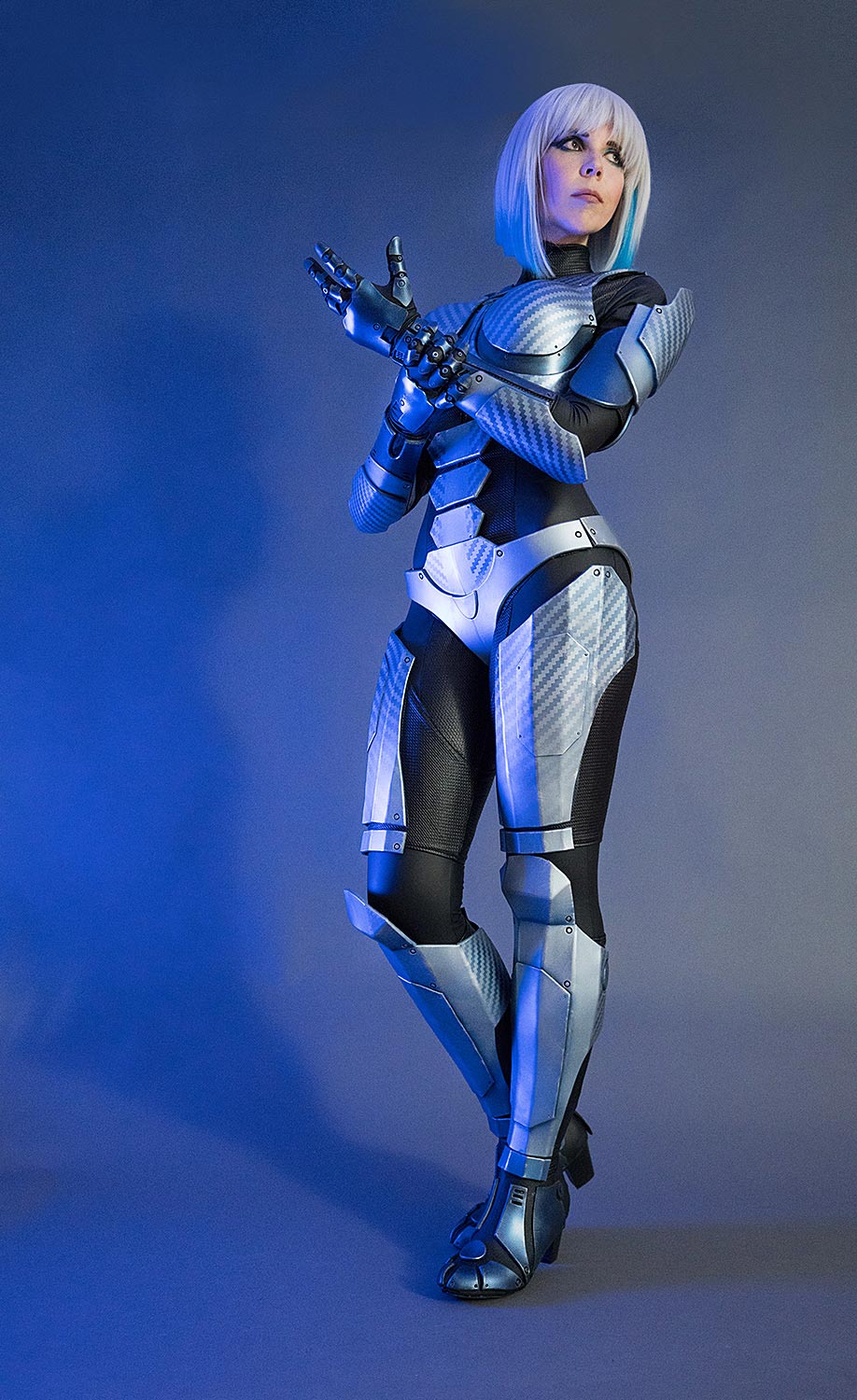

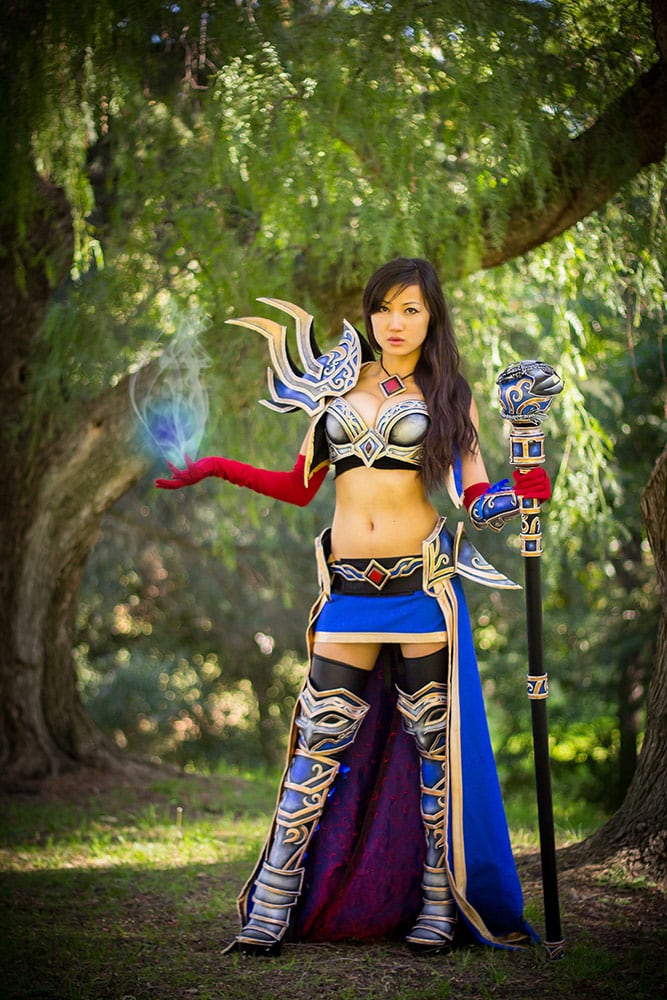
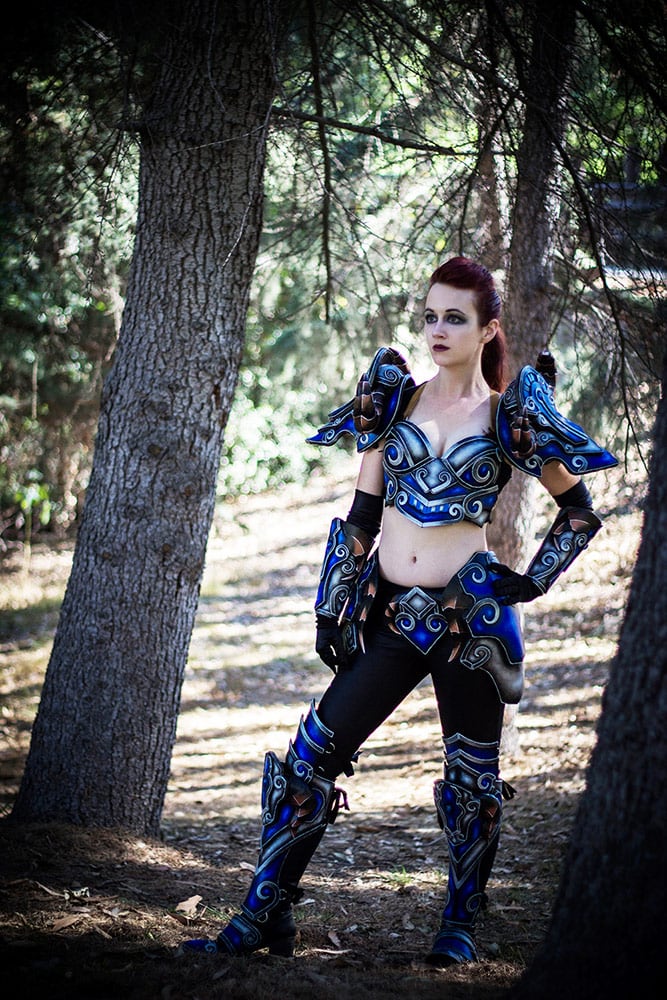

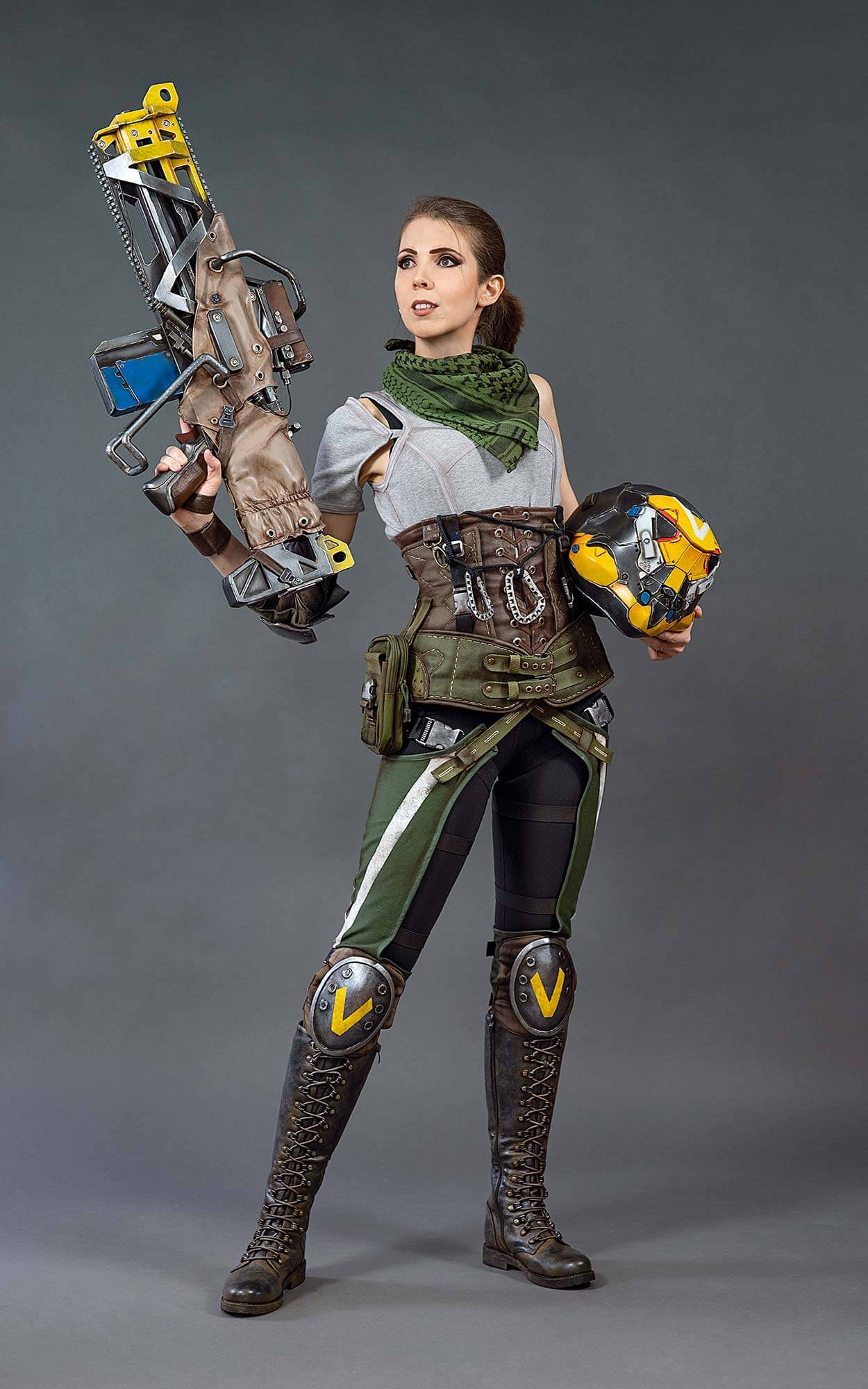

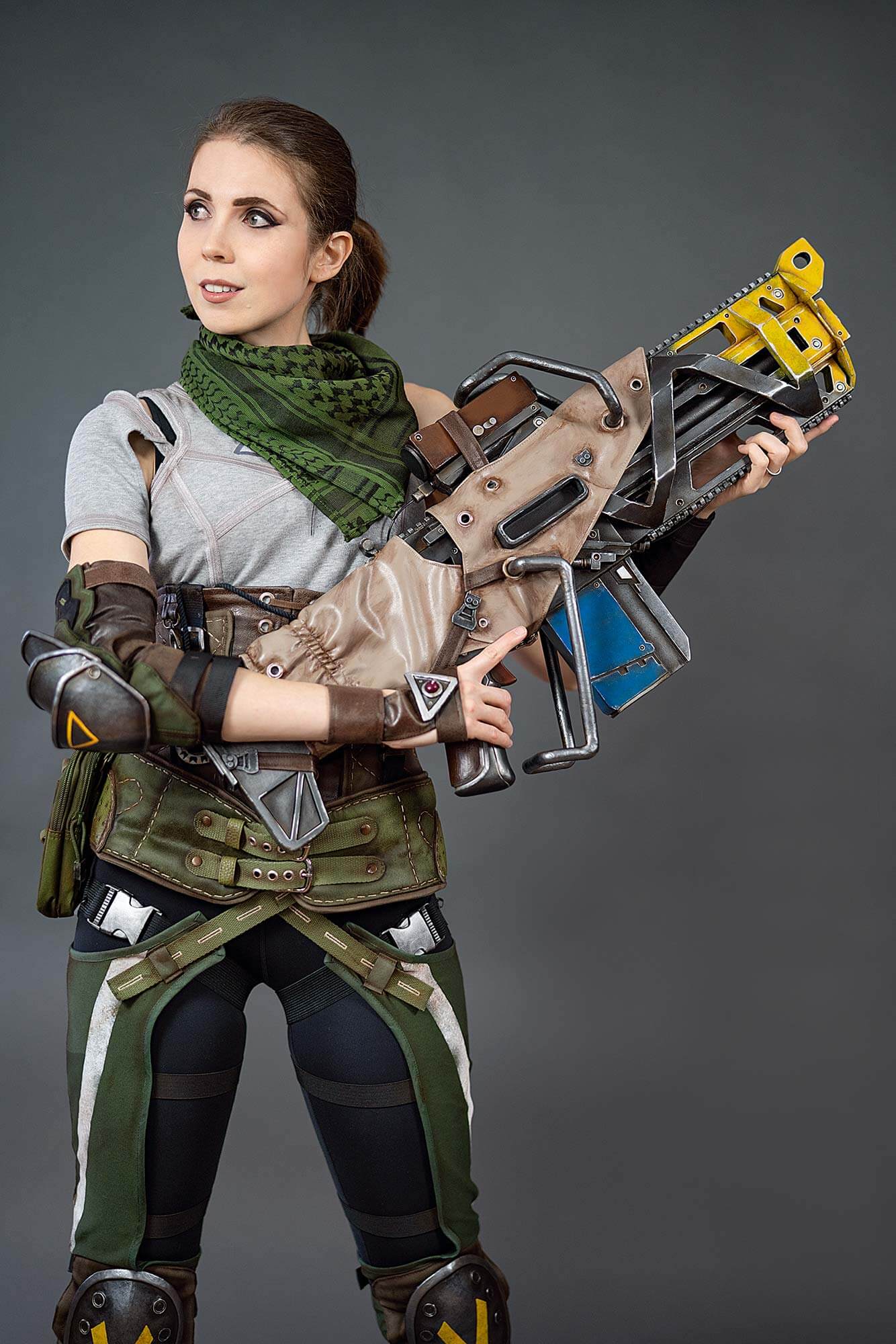
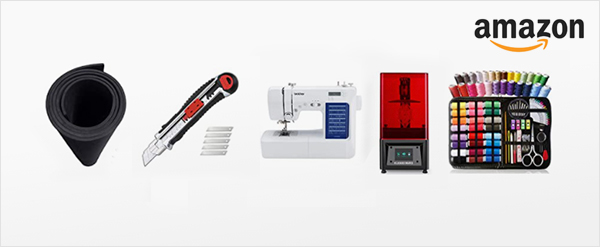
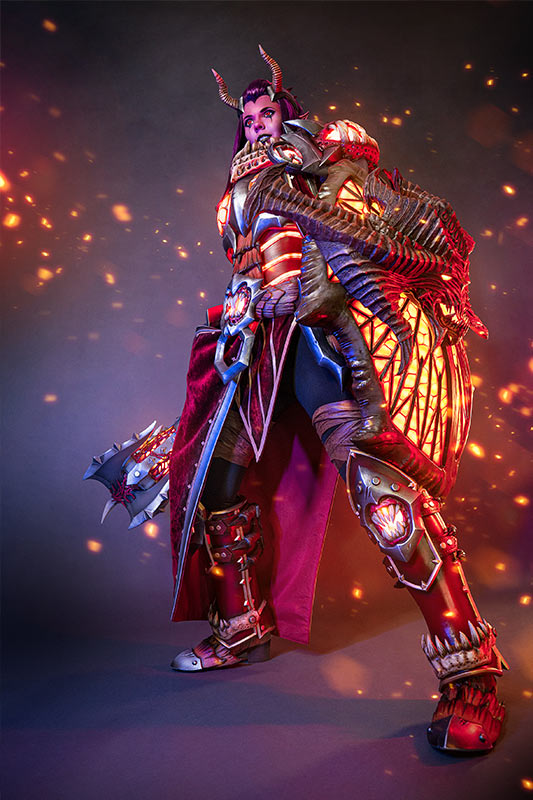


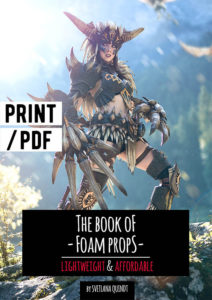

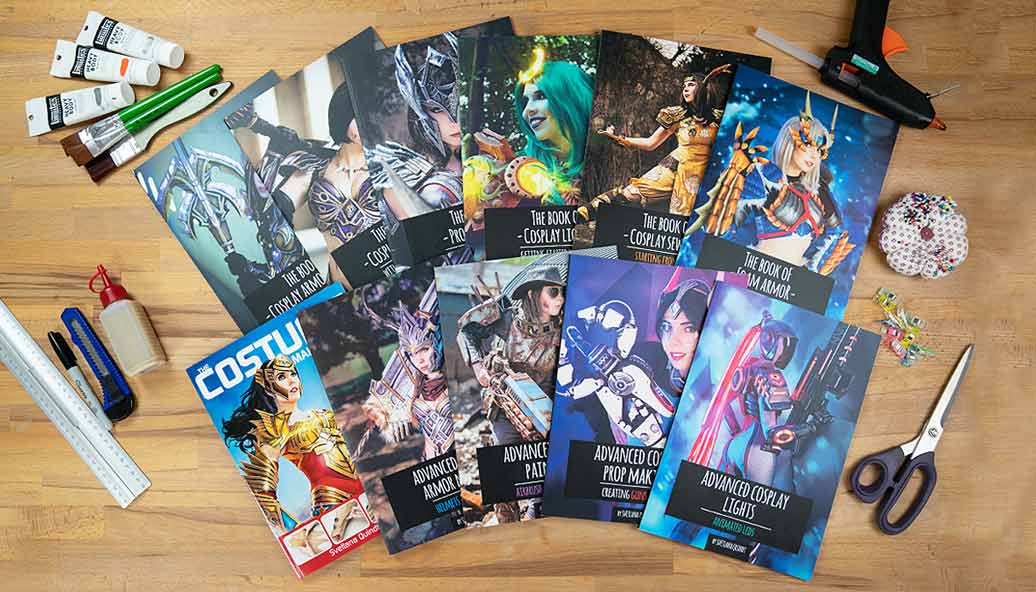
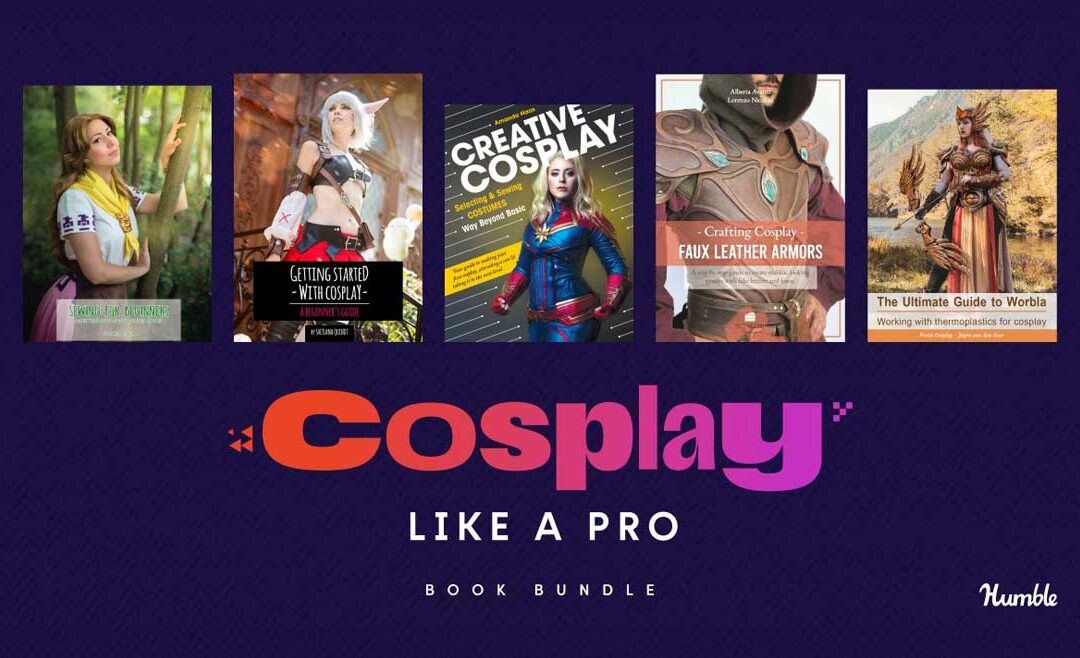
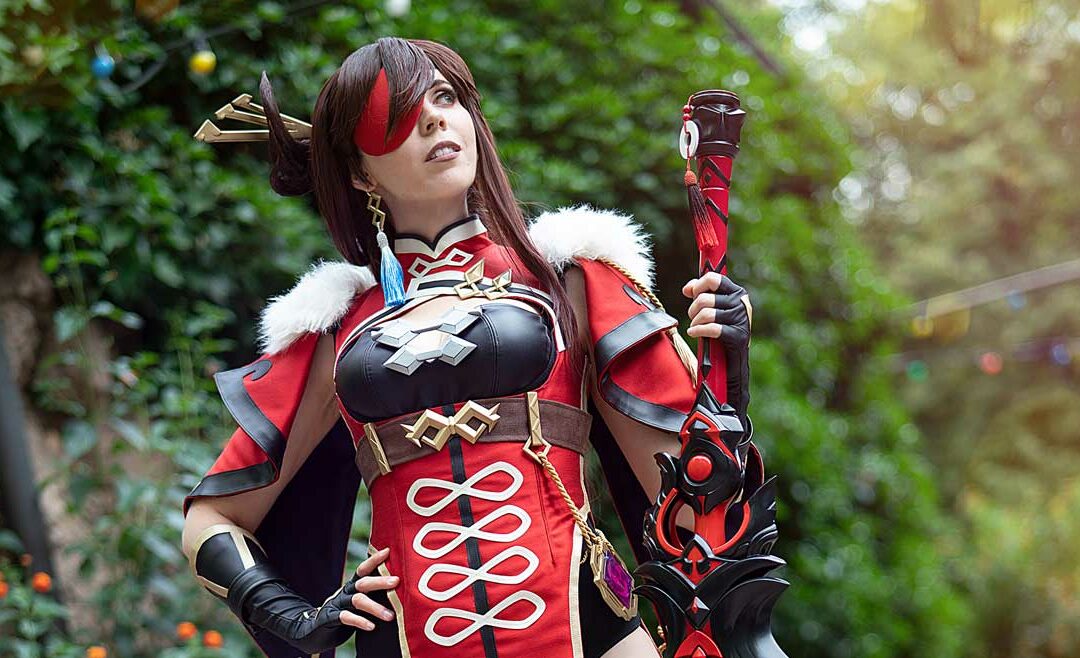
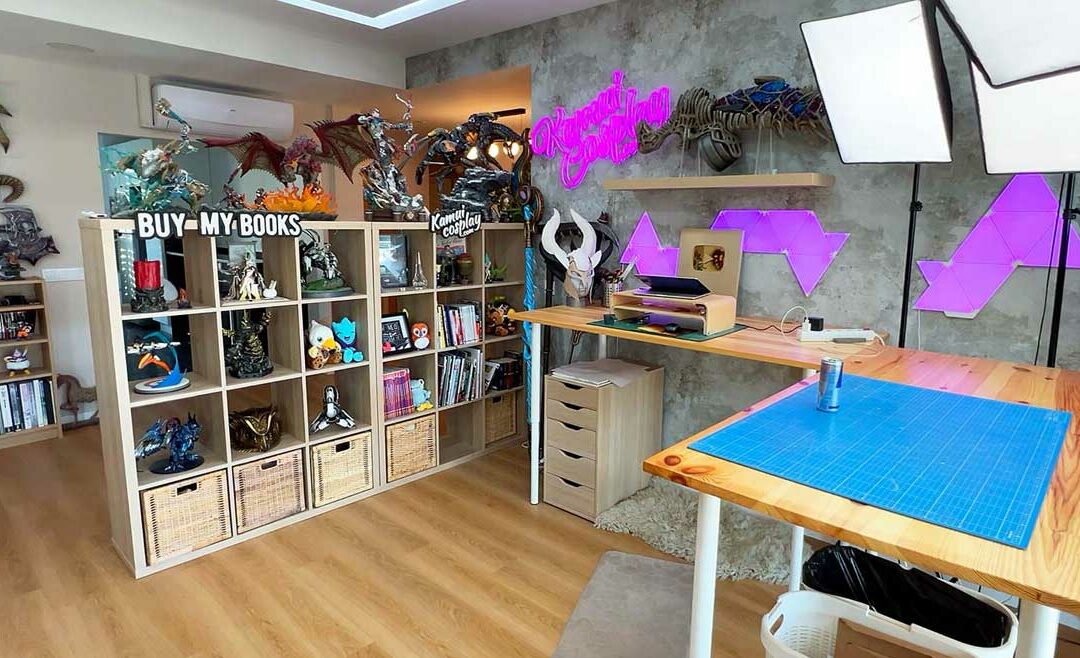
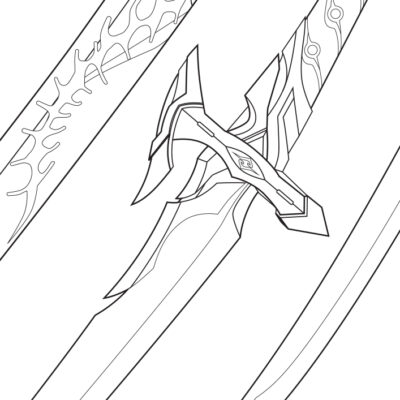
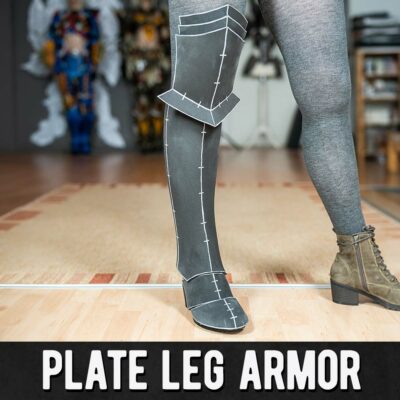
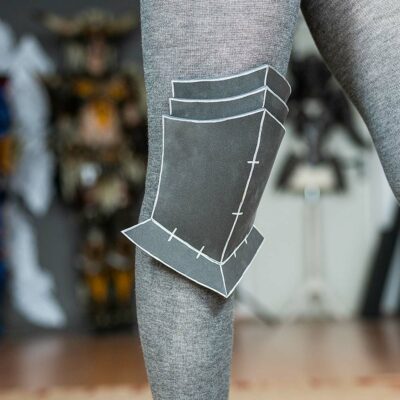
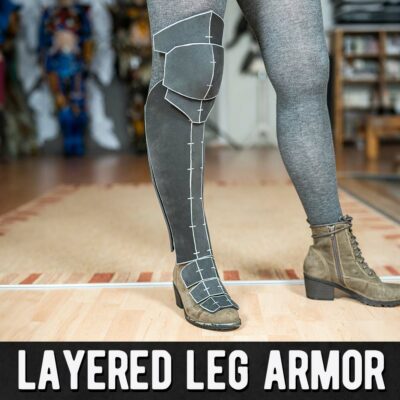
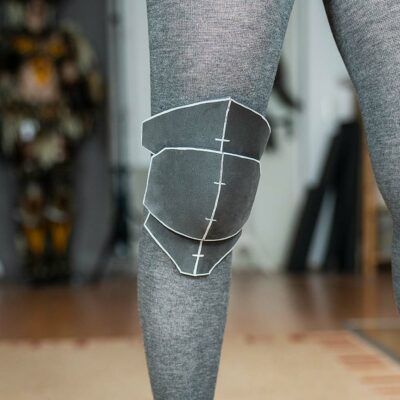
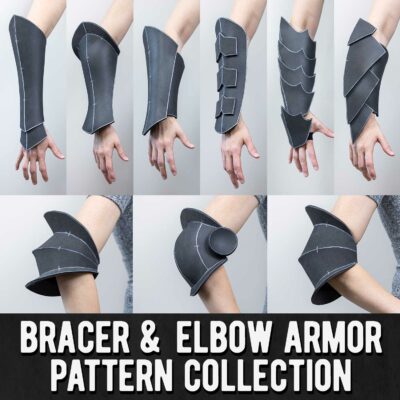
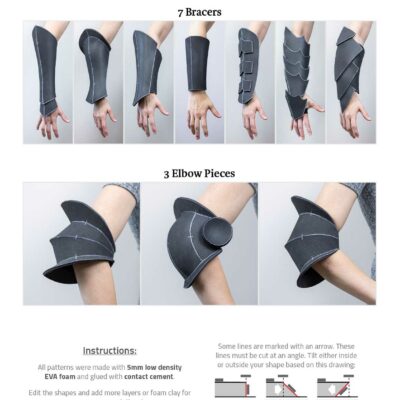
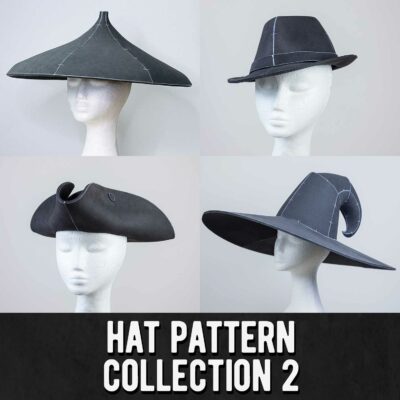

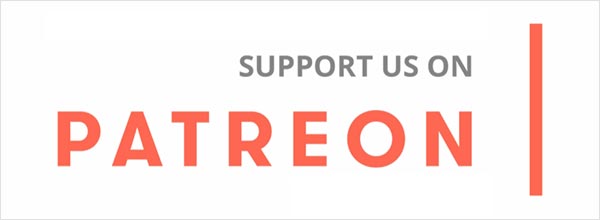


Your costumes are out of this world in their imagery and detail. World class work! Thanks so much for sharing all the details and hard earned lessons. Good luck!
Hey corgi squad, I just wanted to say that I have watched pretty much all your videos over last few weeks and absolutely love all your work, this article is fantastic and really shows all the different factors that need to be considered.
Your works of living art are incredible and I one day wish to be of your caliber.
Keep up the good work, so happy I found your videos and Web page.
Svetlana, thank you for sharing your experience! I think that these practical ideas about budget, time, effort, and stress are useful not only in cosplay commissioning such as you do, but for managing myself in any DIY project – to do it well and sensibly, and be happy in it.
Best wishes from Scotland to you there at Kamui Cosplay!
How long did you make costume before you went self-employed full time? You answered lots of questions that I have been asking myself, I have been making costumes for for six years and have no idea what to do next with it.
I started with cosplay in 2003 but actually got my very first commission in 2013. So, it clearly took some time! However, I didn’t pushed it and set up my website and social media only in 2010.
I still struggle, but I have made some improvements. I now have some back up plans in case if one cosplay doesn’t work, I have another on hand. I also get my seamstress to advise/monitor me to make sure that I’m doing it right or not. However, I never give up. I have been cosplaying since 2003 and I will continue on until I win a cosplay contest.
I have only been making cosplay for about two years now and I think I am getting better at it, but nowhere near your class. My friends are always saying “You should sell these things! You could make lots of money, I’m sure!” I could perhaps sell a few helmets and weapons now and then but I’m nowhere near confident enough in my own skills to do stuff on commission. Plus, much like you, I only make stuff that fits me. No young skinny guy is gonna want anything made to fit this old fat guy. So yes some day I may make a sword or a helmet for someone else for cash, I am definitely not going into the professional cosplay business. I’ll keep it as an all-consuming hobby and enjoy what I do instead.
Thank you so much for this WONDERFUL article! You are so generous with your insights and experience. I hope it was my request in YouTube that inspired the post, LOL! I appreciate all you do, you are an inspiration!
As a new and struggling costumer (plus the global situation we are in), I really, REALLY needed to read this. Thank you so much for laying it all out plain. I trust it will be valuable to many cosplayers, costumers, creators, and hope it will give understanding to our would-be clients.